The diversity of Peru is often highlighted when one takes a little interest in the country by reading or watching reports. Quickly we can realize, through reading, that this great South American country is full of distinct wonders! Indeed, the great strength of this country is to have 3 very different areas; the Pacific Coast, the Andes and the Amazon. The ecological levels take advantage of this extraordinary diversity by going from sea level to more than 6700 with the Apu Huascaran (6768m), the highest summit of the Peruvian Andes. This diversity is obviously also found in the gastronomy, in the products that Mother Earth can offer to her population…. Indeed, everything grows in Peru and you will believe us or not, but the cultures are present from sea level to more than 4500m of altitude !
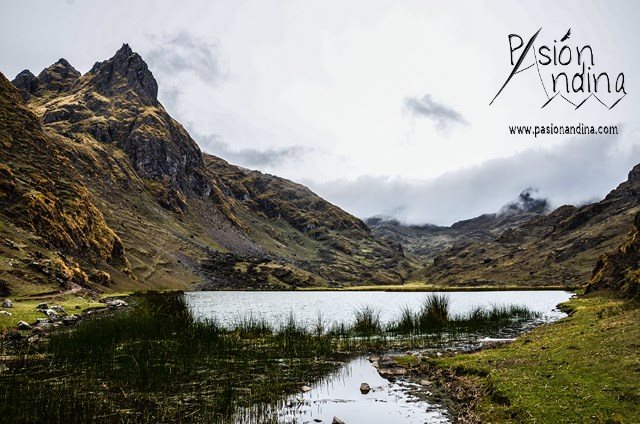
Many products have been imported over the years and have adapted very well to the climatic conditions of this part of the world, helped, it must be said, by the great fertility of the Andean lands or the ancestral knowledge of fertilization with the contribution of the Guano found on many islands of the Peruvian coast. But there are also products from here, and it is one of them that we would like to present to you with this article, a true “product of the soil” dating back about 8000 years according to some studies.
Have you guessed what we wanted to talk about?? About potatoes of course !! Yes, this famous tuber appeared several thousand years ago on the Peruvian and Bolivian Altiplano in the Titicaca Lake region. Originally, it was a wild plant that had to be domesticated by man to be able to plant, cultivate and transform it into one of the most consumed foods in the world today. It was then with the arrival of the Spaniards in the 16th century that the potato reached the Old Continent, first as a botanical curiosity before it was really used as a food. About 5000 different kinds of potatoes have been recorded worldwide and more than 3500 are present in Peru and mainly in the Andean region.
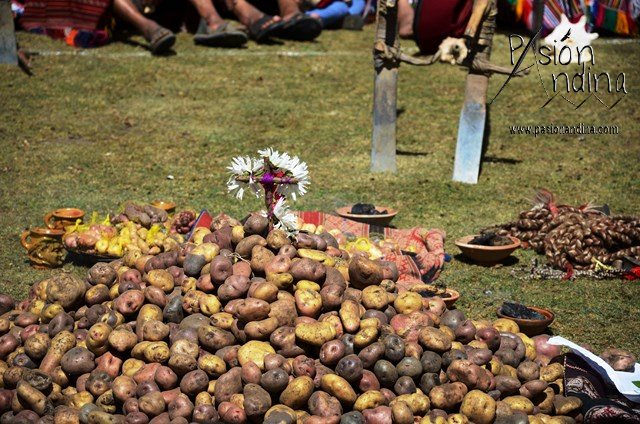
Unfortunately, like everywhere else on our planet, we are dealing with environmental degradation and a significant loss in the biological diversity of certain species, including the potato.
It was at the end of the 1990s that one of the most beautiful projects for the preservation of biodiversity and the revaluation of Andean culture was created. The Potato Park, here called “El Parque de la Papa”. This project includes five Andean communities (Amaru, Chawaytire, Pampallacta, Paruparu y Sacaca) located about 30 minutes from the well-known village of the Sacred Valley, Pisaq, very close to the former capital of the Inca Empire, Cusco at an altitude ranging from 3200m to 5000m . As in a large part of the Andes, this region is quite wild and inhabited by a very poor population living mainly from agriculture. It is with the support of an NGO (ANDES) that agreements were reached and the Park was created in 1998.
In order to do so, the International Potato Center (CIP) based in Lima and possessing the world’s largest potato genetic bank began the repatriation of several hundred “papas nativas” to grow them on the territory of nearly 9000 hectares. To be more specific, his communities were already growing about 850 potato varieties and the CIP has added about 450 varieties. Native potato varieties that had disappeared from the Andean biogenetic heritage!
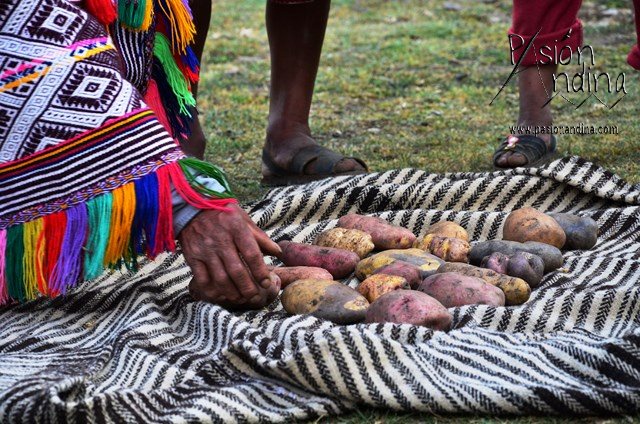
At the present time, it is possible to observe about 1330 different kinds in this territory. By visiting the mysterious world of this tuber in the Andes of Cusco, you will be able to increase your knowledge, see potatoes of all shapes and colours, learn a little more about their production, taste and smell them, and above all contribute to responsible tourism with direct benefits for these communities.
In terms of tourism, there is a great potential to be exploited as long as it is done in a responsible way. Visits must always be made with respect for local communities and the preservation of nature and the environment. That is why we recommend to visit this park over 2 or even 3 days by combining walking and/or cycling and spending 1 to 2 nights in the homes of local people in one of the communities. With this way, we avoid motorized transport a little bit and focus on a gentler mobility respecting our concept of “Slow and Responsible Tourism”. What could be better than being able to enjoy the landscapes that this region offers us in the open air while taking our time! In addition to discovering the world of the potato, you will be able to learn a little more about the way of life of these Andean communities and the fauna and flora specific to this region. To support these communities you can participate in their local economy by buying natural products they produce such as cosmetics and textiles.
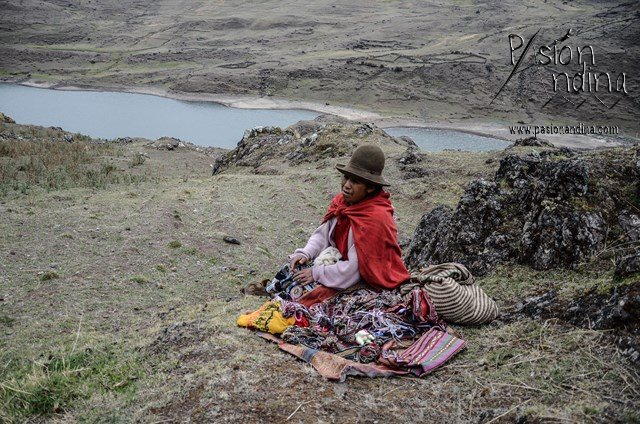
Here is a brief summary of the role of each community in the Park:
- Sacaca Community : It is the gateway to the Park. Here is located the medicinal plant treatment center where you can find soaps, shampoos and other natural products made with ingredients harvested in the area and elaborated with the ancestral knowledge
- Chawaytire Community : Here you will find the communitary restaurant “Papamanka” where you can enjoy the gastronomy of the region. In its territory you will also find the Inca ruins of Inkakancha and the magnificent murals of the colonial church of Uyucate.
- Pampallaqta Community : For handicrafts, this is where everything happens. In the communal workshop you can watch the weaving process and buy the most beautiful textile pieces made with wool and natural dyes like in the old days!
- Paru Community : This is where the Andean landscapes take all their splendour! The most beautiful lagoons are here in Paru Paru. Azulqocha, Kinsaqocha and Pumaqocha which together form the wonderful “Ruta Qochas” (Lagoon Route).
- Amaru Community : Here you will find the greatest variety of culture mixed with the beautiful little village. A real jewel of the Andean landscape!
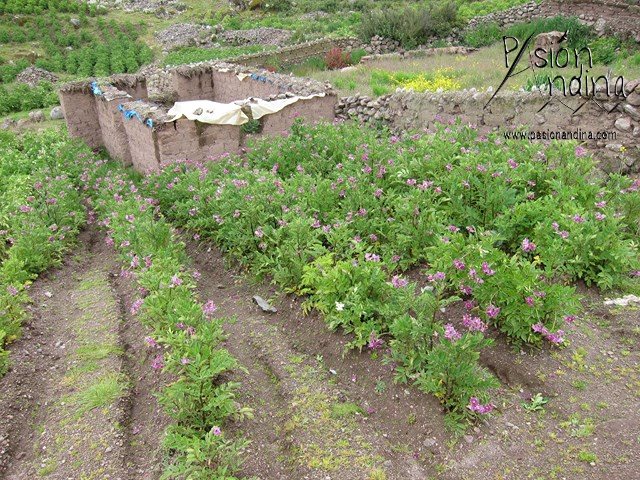
You mabe think that walking and cycling is not possible for everyone and you are right. Don’t worry, there will always be the option of driving to the site. You will see that even for the non-sportsmen, it is still possible to stretch your legs flat on the edge of the magnificent lagoons of Kinsaqocha or Azul Cocha. A simply magnificent setting combining exceptional scenery and agro-tourism.
For Pasión Andina, it is essential to value this way of travelling, to meet the local people and to take the time to immerse yourself in the culture of the country. Responsible tourism that directly benefits those who really need it.
If you are interested in this excursion, if you want to know more about our different options for your stay, you can visit our website or follow us on our Facebook page.
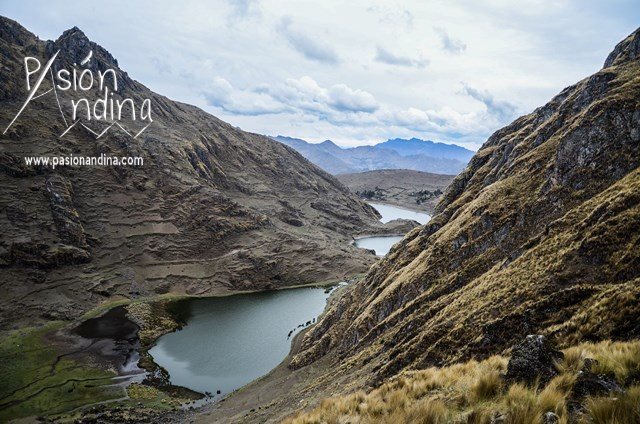
Source:
- RAÚL H. ASENSIO • MARTÍN CAVERO CASTILLO, El Parque de la Papa de Cusco, Claves y Dilemas para escalamiento de innovaciones rurales en los Andes (1998-2011)
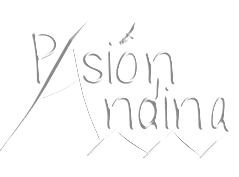
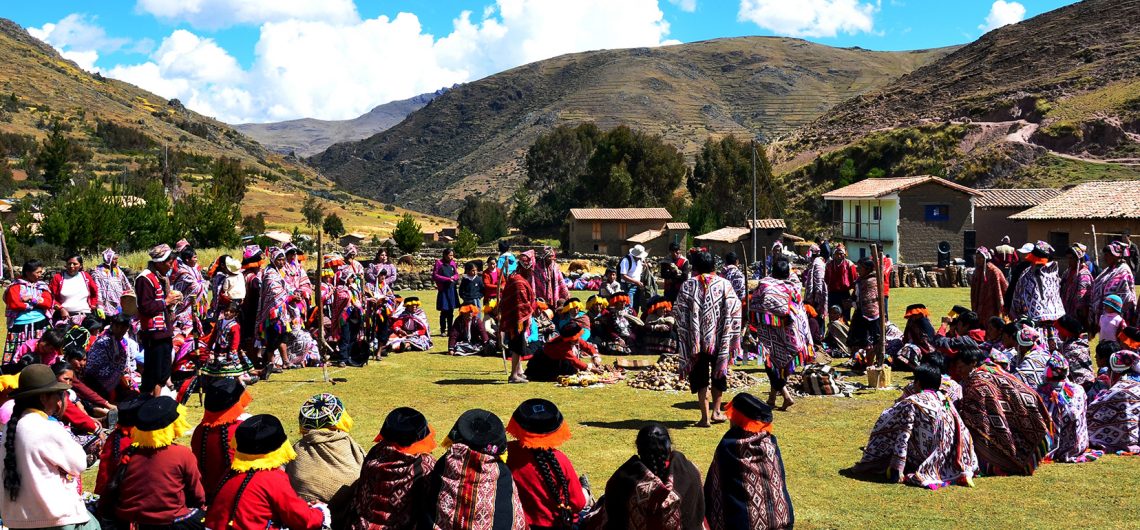
Comments